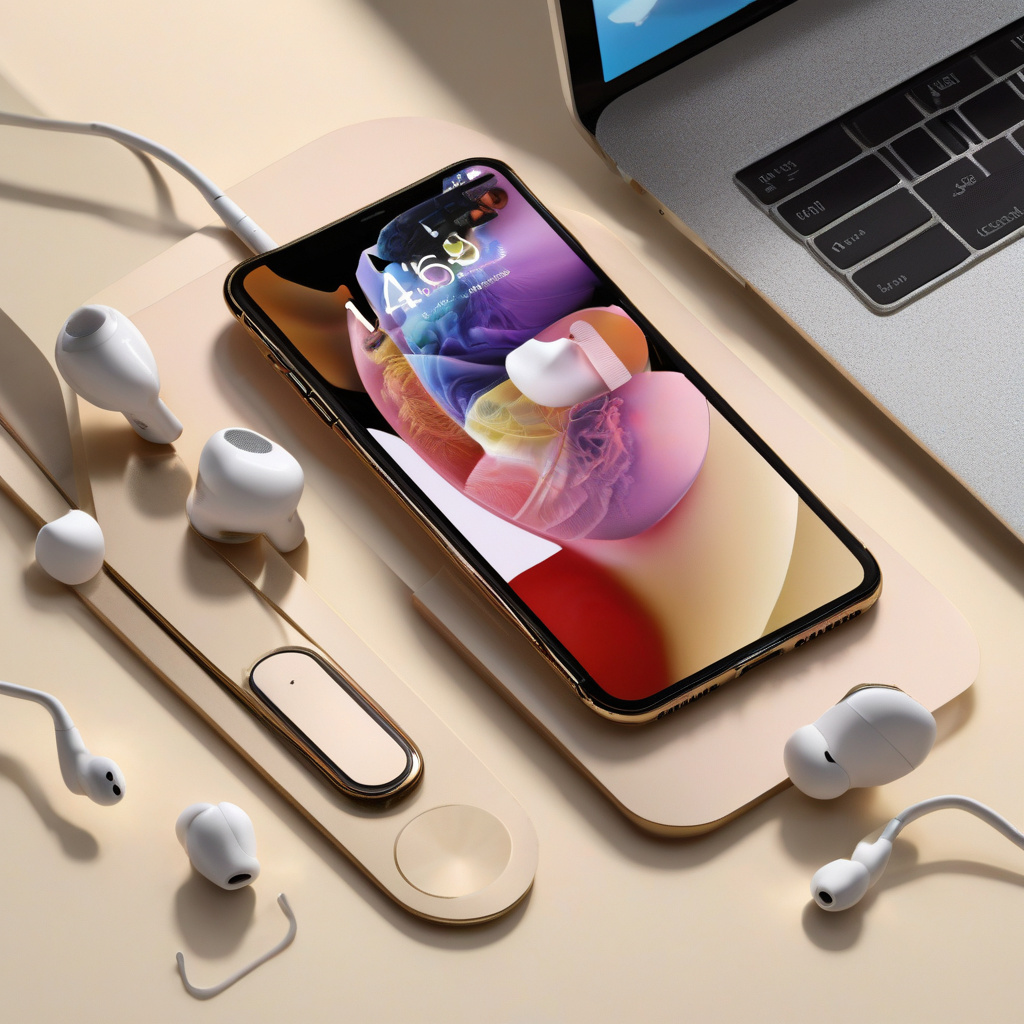iPhone 17 Air: Embracing the Global eSIM Trend
In a bold move towards the future, Apple has decided to exclusively adopt eSIM technology for its upcoming iPhone 17 Air model, set to be released worldwide. This strategic shift follows the company’s initial decision to transition iPhones sold in the U.S. to eSIMs back in 2022. By making this transition on a global scale, Apple is not only aligning with the current industry trends but also paving the way for a more streamlined and efficient user experience.
The shift towards eSIM technology brings forth a myriad of benefits for users. One of the key advantages is the convenience of managing multiple mobile operators and phone numbers on a single device. With eSIMs, users can easily switch between different carriers without the need to physically swap out SIM cards. This flexibility is particularly advantageous for frequent travelers or individuals who require separate numbers for work and personal use.
Moreover, eSIM technology offers enhanced security features compared to traditional SIM cards. The embedded nature of eSIMs makes them less susceptible to physical tampering or unauthorized access. This added layer of security ensures that users can enjoy a more protected and secure communication experience, safeguarding their personal data and privacy.
From a sustainability standpoint, the widespread adoption of eSIMs also contributes to reducing electronic waste. By eliminating the need for physical SIM cards, Apple is taking a step towards a more eco-friendly approach to device manufacturing and usage. This eco-conscious decision reflects a broader commitment to environmental responsibility and conservation—a value that resonates with an increasingly environmentally aware consumer base.
Furthermore, the transition to eSIM technology aligns with the broader industry trend towards digitalization and connectivity. As the world becomes more interconnected, the demand for seamless and efficient communication solutions continues to grow. eSIM technology represents a significant leap forward in this direction, offering users a more integrated and connected experience across devices and networks.
In conclusion, Apple’s decision to make the iPhone 17 Air eSIM-only worldwide signifies a proactive embrace of technological innovation and user-centric design. By prioritizing convenience, security, sustainability, and connectivity, Apple is not only staying ahead of the curve but also setting new standards for the industry as a whole. As we look towards the future of mobile technology, the transition to eSIMs marks a pivotal moment in shaping the way we communicate, connect, and interact in an increasingly digital world.

